Kepler’s Laws
Important Questions on Kepler’s Laws
Earth’s orbit is an ellipse with eccentricity . Thus, earth’s distance from the sun and speed as it moves around the sun varies from day to day. This means that the length of the solar day is not constant through the year. Assume that earth’s spin axis is normal to its orbital plane and find out the length of the shortest and the longest day. A day should be taken from noon to noon. Does this explain variation of length of the day during the year?
Explain with reason, whether the shown curve can be a possible trajectory traced by a projectile (neglect air friction).
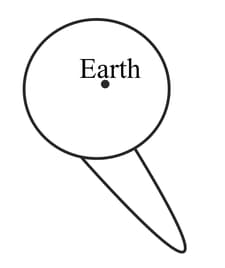
Explain with reason, whether the shown curve can be a possible trajectory traced by a projectile (neglect air friction).
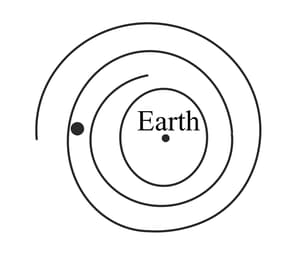
Explain with reason, whether the shown curve can be a possible trajectory traced by a projectile (neglect air friction).
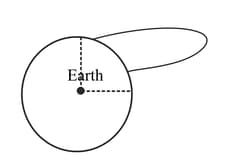
Explain with reason, whether the shown curve can be a possible trajectory traced by a projectile (neglect air friction).
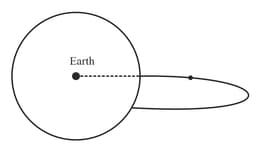
Explain with reason, whether the shown curve can be a possible trajectory traced by a projectile (neglect air friction).
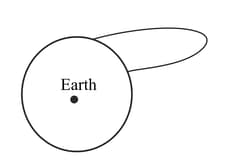
Mean solar day is the time interval between two successive noon when the sun passes through the zenith point (meridian). The sidereal day is the time interval between two successive transit of a distant star through the zenith point (meridian).
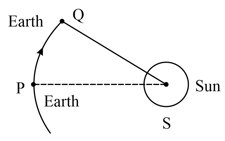
In drawing appropriate diagram showing earth's spin and orbital motion, show that the mean solar day is four minutes longer than the sidereal day. In other words, distant stars would rise 4 minutes early every successive day.
Out of aphelion and perihelion, where is the speed of the earth more and why?
What is the direction of the areal velocity of the earth around the sun?
Draw an areal velocity versus time graph for Mars.
If the sun and the planets carried huge amounts of opposite charges,
If the law of gravitation, instead of being inverse-square law, becomes an inverse-cube law:
